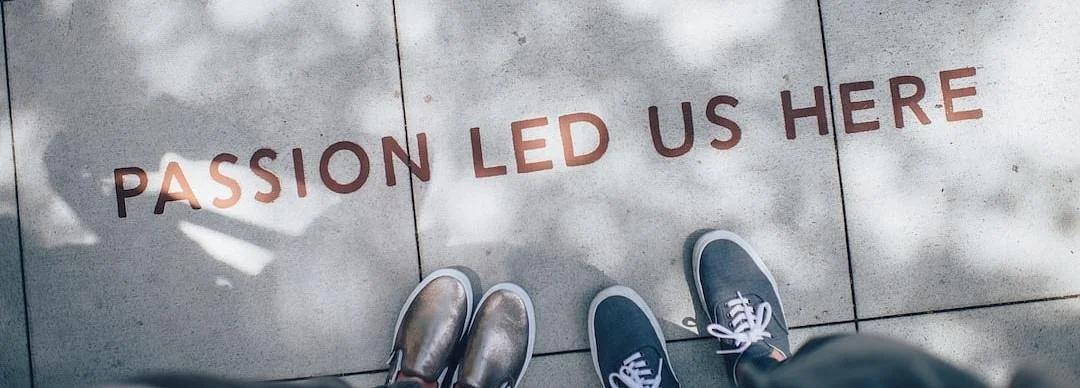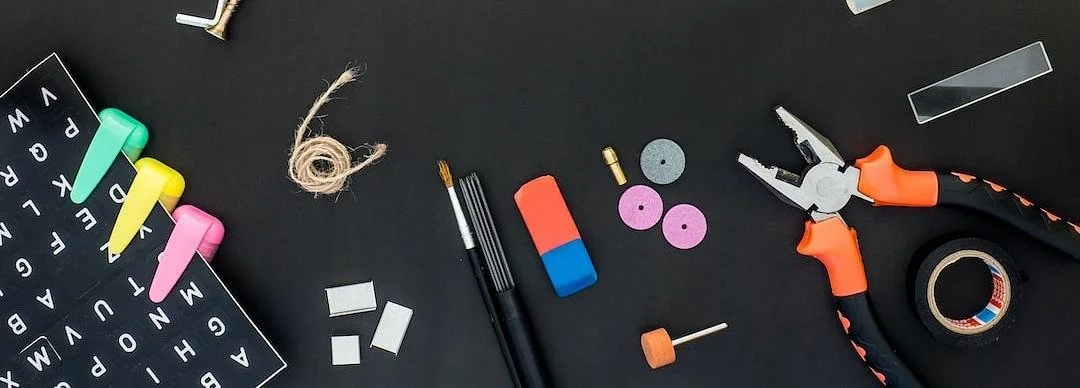5 Tips for Telling Your Story
By
Debs Newbold
Image description: a colour photograph of a wild grassy landscape and cloudy sky with a heavily leaning tree in the background. In the foreground a female figure wearing a black suit with white shirt and black tie stands with their arms outstretched: this is the storyteller, Debs Newbold. Photo credit: Debs Newbold in King Lear Retold.
As workshop leader for our ‘Storytelling for Artists’ event and masterclasses (March 2021), Debs has created a series of 5 top tips for artists who want to tell their social practice story…
Stories are about connection: if you connect to your story, then your story will connect to others. As artists, we sometimes assume that what we have to say has probably been said before. Maybe that’s true. But no one will say it like you. You are unique, and so the way you tell your story will be unique too. Your connection to your story will give it integrity. A story told in this spirit will always be unique and will always hold others’ attention. Be bold and generous.
Stories are made of change. One thing leading to another is a pattern that we are highly tuned to as humans. We respond to it instnctively. We delight in both surprise and predictability, and both these things involve change. Look out for the changes; they are what move us through a story.
Structure is your friend. If you know the basic structure of your story inside-out, you will be able to tell it in many different ways in many different contexts, altering the detail as required. The structure of your story is like an architect’s blueprint for a house. It holds the whole thing; with all its myriad rooms, floors and changes of wallpaper; up.
One way to create a structure for the story you want to tell is to list, in no particular order, all the changes that take place in it and then sit back and identify the one change that you feel is most important – the one you connect to most. What is the nature of this change? Who does it happen to – or what? What is the state of things before the change takes place? And after? If you like the answers to these questions, make this single change the central journey of your story, the main beam holding up the house.
There is no single way to make a story. Absolve yourself from obeying any pattern, or making it neat. Life is not always neat, and nor do stories have to be.




